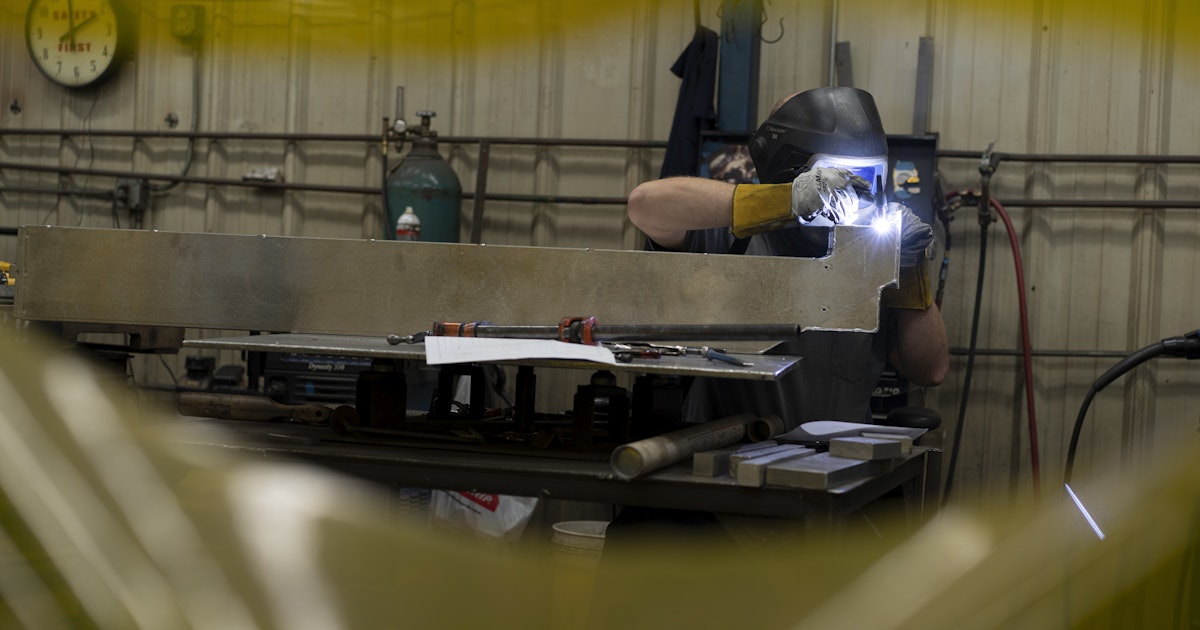The lockdown phase of the pandemic was a challenging time for many people, but for one attorney at a big law firm, it became a turning point in her career and personal life. Working from home during this time, she found herself dealing with around-the-clock work emergencies while also trying to balance her role as a mother to an 18-month-old daughter. It was during a conference call that she overheard her daughter utter three words that would change everything: “I miss mommy.”
Initially, the attorney was delighted by her daughter’s advanced language skills, but upon reflection, she realized that her daughter was expressing a real need for her presence and attention. Despite physically being there, she was not truly available to her daughter due to the demands of her job. This realization sparked a desire to be a more present and engaged mother, leading her to reevaluate her work-life design.
For those unfamiliar with the concept, “work-life design” is the blueprint for integrating one’s career and personal life in a way that brings meaning and fulfillment. Research has shown that women who engage in “job crafting” by tailoring their jobs to their personal needs are more likely to experience higher levels of work-family balance and job satisfaction.
To begin the process of reevaluating work-life design, it is essential to give oneself time to think. Mental exhaustion can impair creative thinking, so taking time to destress, reflect, and reevaluate is crucial. This attorney found space to think by utilizing a benefit she had never tapped into before—sabbatical leave. While not all companies offer sabbaticals, individuals can create their own by taking solo time periodically to reconnect with their thoughts and values.
Next, it is important to take inventory of what works and what doesn’t in both work and personal life. By reflecting on past experiences and identifying what brings joy and fulfillment versus frustration, individuals can gain insight into their values and priorities. This exercise can help in mapping out one’s life by asking detailed questions about the kind of parent one wants to be and how that aligns with career goals.
After identifying areas for change, it is crucial to make a list of what needs to change and take actionable steps to implement those changes. This may involve setting boundaries at work, reallocating resources in personal life, or renegotiating priorities. By creating even small boundaries and prioritizing values, individuals can regain a sense of control and balance in their lives.
Finally, it is important to remember that work-life design is not fixed and will evolve over time. Being flexible and willing to adjust as life circumstances change is key to maintaining a healthy balance between work and personal life. By regularly reevaluating and making adjustments, individuals can create a life where they can succeed in their careers and thrive in parenthood.
:max_bytes(150000):strip_icc()/Kindred-Restructure-Career-GettyImages-1261143823-dcae06f2c2e045988f85b7161e3e711d.jpg)
















